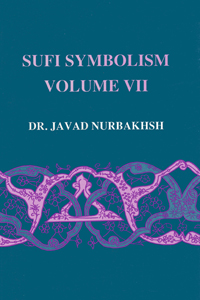



Aside from their unique poetic imagery, the sufis also drew inspiration from spiritual techniques, practices and disciplines, the terminology of which constitutes the introductory chapter of this volume. One finds in the second chapter that there are a myriad descriptive types or modes of enlightenment in the sufi lexicon, ranging from 'theophany' (both 'ontological' and 'visionary'), to 'visionary disclosure' to 'heart-vision' to 'presential vision' - and, of course, 'dreams' - witnessed as 'inner events' by the sufi mystic. The mysticism of family relationships in the lexicon of Ebn 'Arabi is the subject of another large chapter, which analyses the marvelous metaphysical dimensions within commonplace terms such as 'Father', 'Mother', 'Son' and 'Doughter'. Insofar as the Muslim mystics also described themselves as 'Servants' of various Divine Names (traditionally some ninety-nine in number), the psychological and spiritual attributes of such servants are given careful explanation and commentary in a further chapter. The final chapter covers the science of spiritual genealogy, detailing sufi terminology of initiatic succession and expounding the distinctions found among the various 'Schools' and 'Orders' of the sufis.
Solitude signifies the sufi’s choice of a place free of anything other than God. In solitude, sufis strive to purify their outer and inner being for God, allowing only mediation and concentration on God to exist, such that no personal volition remains, where one has submitted to God both outwardly and inwardly.
Solitude is one of the commendable practices of the sufis.
Hafez, if you seek
the water of pre-eternal life,
Its source is the dust before the threshold
of the sufi’s solitude.-Hafez
 Sufi Symbolism I
Sufi Symbolism I
 Sufi Symbolism II
Sufi Symbolism II
 Sufi Symbolism III
Sufi Symbolism III
 Sufi Symbolism IV
Sufi Symbolism IV
 Sufi Symbolism IX
Sufi Symbolism IX
 Sufi Symbolism V
Sufi Symbolism V